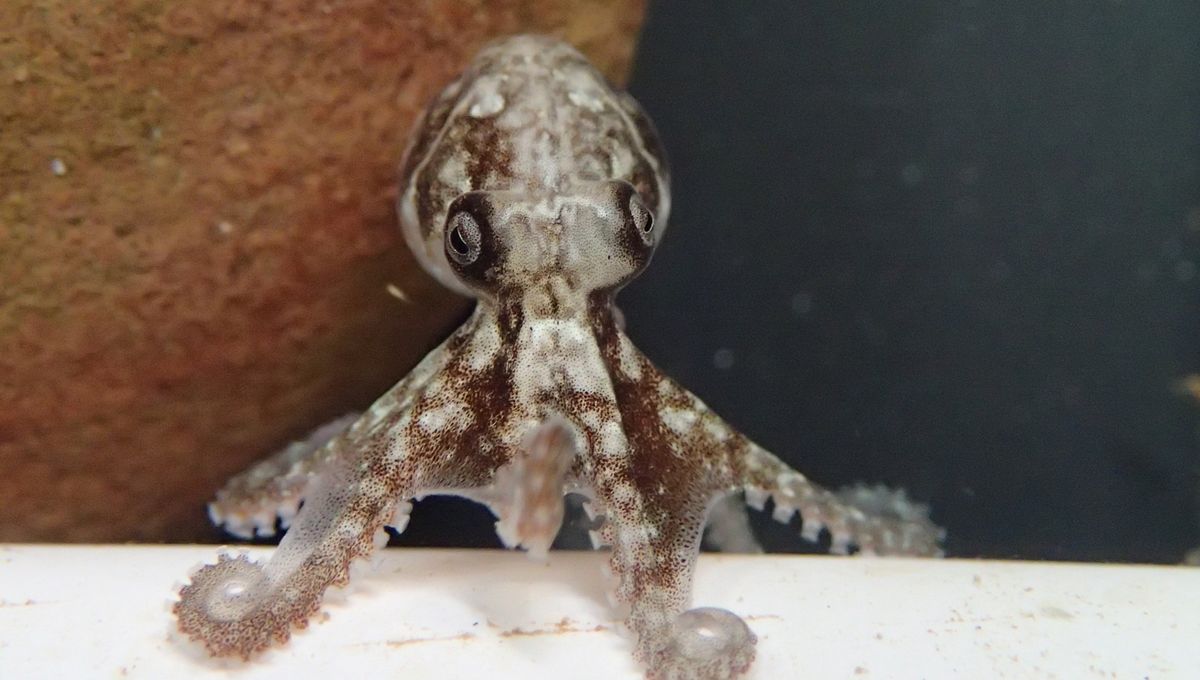
The question of how to tell how old an octopus is has been at the forefront of researchers’ minds as they seek effective strategies to help age these animals, and thereby work to combat issues associated with overfishing and the growing demand for commercially harvesting octopuses for consumption.
Octopuses typically have pretty short lifespans, depending on the species. They may live as little as 6 months to a year – the common octopus (Octopus vulgaris) has a lifespan of 1-2 years in the wild while the giant Pacific octopus (Enteroctopus dofleini) can live for 3-5 years. But how do you go about telling the age of these eight-armed cephalopods?
Current techniques for octopus aging include looking at growth increments in the hard structures of these animals, such as in their beaks or stylets, similar to looking at the rings of a tree trunk. Other techniques involve using a proxy for age such as measuring the eye lens diameter or the weight of the animal.
“Over the past 30 years, various studies have explored different methods to age octopus, but only a small number of researchers worldwide have the hands-on knowledge to execute these methods in the laboratory,” said University of South Australia marine ecologist Dr Zoe Doubleday in a statement.
Given these different methods, the team has put together a guide to outline different techniques to age an octopus. One such measure is to use stylets, structures made of cartilage on either side of the mantle of the octopus. Stylets are formed in layers that are slowly deposited as the octopus ages. While stylets are a good way of measuring age, they vary between species in terms of shape and increment variability and may not be the best way to measure age in all octopus species. This gets extra tricky when you take into account that octopus growth rings measure days, not years.
“Understanding an octopus’s age helps to keep fisheries sustainable,” said PhD student Erica Durante. “If you know a species’ age, you can estimate how fast they grow and reproduce and how much you can catch to keep a fishery sustainable.”
Octopus fisheries have expanded in recent years and are expected to keep growing to keep up with global demand. Each year, 400,000 octopuses are estimated to be gathered from around 90 countries across the world. By learning the best methods to accurately estimate the ages of these animals, the team hopes that long-term maintenance and sustainable management practices can be put in place.
“By publishing this guide and making the knowledge accessible to anyone, we can help keep fisheries sustainable and ensure this incredible animal continues to survive and thrive,” concluded Dr Doubleday.
The guide is published in the journal Marine and Freshwater Research.
Source Link: How Do You Age An Octopus? Count Their "Rings" Like Trees